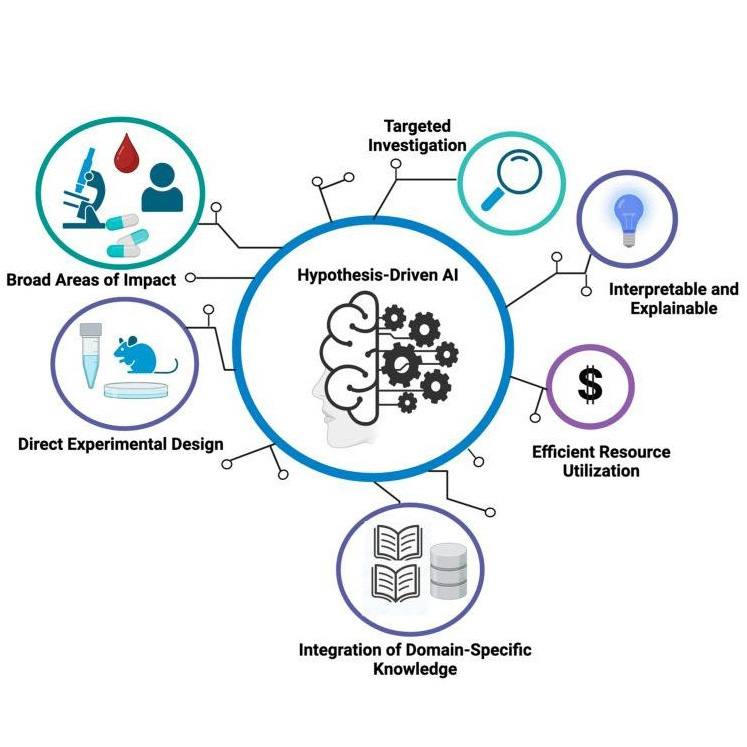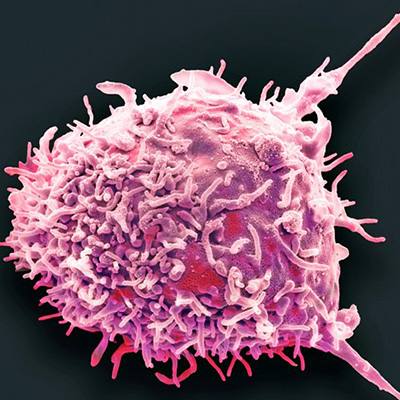-
Individualized Medicine
Precision Medicine: From Double Helix to Health Care

When U.S. President Barack Obama announced his Precision Medicine Initiative in 2015, he called it health care tailored to the individual, an effort to revolutionize how we improve health and treat disease.
Precision Medicine was declared an innovative approach that takes into account individual differences in people’s genes, environments, and lifestyles. It gives medical professionals new resources to target specific treatments of specific illnesses.
It’s an innovative approach to health care that the Mayo Clinic Center for Individualized Medicine has been taking since it opened its doors in 2012. We also like to think it’s really just a return to the roots of medicine — only using the latest tools and technology available today.

Hippocrates Practiced Precision Medicine
Personalized, evidence-based medicine has been the goal of physicians ever since Hippocrates declared nearly 2,400 years ago that diseases should no longer be attributed to the influence of superstitions and supernatural forces. The founder of modern western medicine, however, didn’t have many diagnostic tools to work with in ancient Greece, just the four humors — black bile, yellow bile, phlegm and blood — to determine the best treatment for a patient.
Today, personalized medicine has remained the goal of every physician treating each individual patient. The diagnostic tools have changed. Hippocrates’s four humors have been replaced with, among other tools, the four chemical building blocks that comprise DNA to transform the value of medical care delivered to specific individuals.
This is called genomics, an emerging medical discipline that involves advancing human health through genomic research. Genomics — a discipline in genetics that applies recombinant DNA, DNA sequencing methods, and bioinformatics to sequence, assemble, and analyze the function and structure of genomes (the complete set of DNA within a single cell of an organism) — is the foundation of the president’s Precision Medicine Initiative, and a large component of the recently announced “Cancer Moonshot.”
Laboratory to Clinic
Since the completion of the Human Genome Project in 2003, much has been made of the term “precision medicine,” often called “individualized medicine,” and its promise to revolutionize medicine. A simplistic, overhyped view of the promises of genomics led to unrealistic expectations.
No immediate cures for cancer were announced; Alzheimer’s disease didn’t disappear. People lost interest. But the scientists were slowly building evidence one research project at a time, one discovery after another, all leading to this transformative change in how health care was delivered.
Insights into human biology flowed almost immediately from the genome. Translation from medical science into clinical practice has taken longer. In the past decade, genomics has slowly moved out of the laboratory and into the clinic, giving physicians more precision in disease diagnosis and treatment. Now the double helix of DNA is emerging as a valuable tool in the day-to-day practice of health care professionals.
The cost and time to sequence the genome have dropped precipitously because of next-generation sequencing, bioinformatics’ capacity to capture and store big data, and wide-spread adoption of electronic health records (EHRs).
Genomics will not simplify care, but it — in addition to family history, lifestyle, and environmental factors — allows physicians to continually customize a patient’s health management. Personal, customized medicine for each patient was, after all, what drove Hippocrates so many millennia ago. And every physician since. Precision medicine is coming of age.
* * *
This is the first installment of a three-part series on What Is Precision Medicine, another of the Center for Individualized Medicine's attempt to explain and introduce precision medicine to an audience that may just be coming to the topic. Part two will explore "Benefits of Mapping the Human Genome," and part three will look at "Cost and Time No Longer Barriers to Sequencing."
Related Articles







